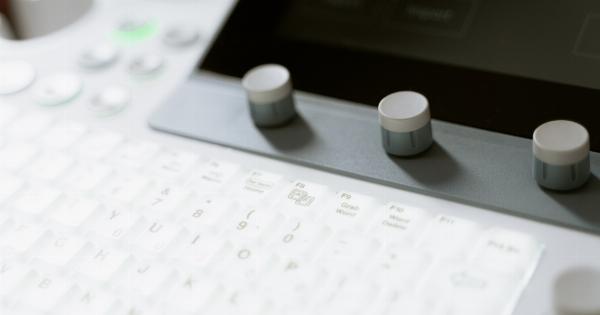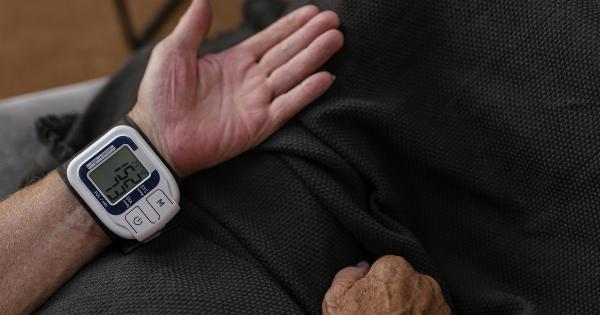Have you ever experienced the peculiar sensation of having cold legs but a warm heart? It’s a phenomenon that many of us have encountered but never really understood.
In this article, we will explore the scientific explanation behind this curious occurrence and delve into the fascinating connection between body temperature and emotions.
The Body’s Thermoregulation System
Before we can understand why our legs may feel cold while our hearts feel warm, it’s important to have a basic understanding of how our bodies regulate temperature.
Our bodies are designed to maintain a core temperature of around 98.6°F (37°C), which is optimal for bodily functions.
The primary regulator of our body temperature is the hypothalamus, a small region in our brain. It acts as our body’s thermostat, constantly monitoring the temperature and making adjustments to maintain homeostasis.
When the temperature drops, our hypothalamus sends signals to various parts of the body to conserve heat and prevent excessive heat loss.
Peripheral Vasoconstriction
One of the mechanisms our body employs to conserve heat is peripheral vasoconstriction.
When our body detects a drop in temperature, the blood vessels near the surface of the skin constrict, reducing blood flow to the skin and extremities, such as our legs and arms. This redirection of blood flow helps to maintain a higher core temperature by keeping the warm blood closer to our vital organs.
As a result, our legs may feel colder compared to the rest of our body. The reduced blood flow and restricted oxygen supply can make them seem chilly, especially in colder environments or during periods of prolonged immobility.
However, this does not necessarily indicate that our actual body temperature has dropped.
The Emotional Factor
Interestingly, our perception of warmth and coldness is not solely determined by our actual body temperature. Emotions can significantly influence how warm or cold we feel, even if our body temperature remains unchanged.
This is where the saying “cold legs, warm heart” gains scientific backing.
Research has shown a strong link between emotions and our perception of temperature. Positive emotions, such as love, happiness, and compassion, tend to make us feel warmer, whereas negative emotions, such as anger or fear, can make us feel colder.
These emotional responses can lead to changes in blood circulation and skin temperature, affecting how we physically experience warmth or coldness.
The Role of Vasodilation
Another important player in the “cold legs, warm heart” phenomenon is vasodilation. Vasodilation is the widening of blood vessels, which increases blood flow to specific areas of the body, including the skin and extremities.
It is often a response to emotions that evoke warmth, like love or affection.
When we experience positive emotions, there is an increased release of certain neurotransmitters, such as oxytocin, which promote vasodilation.
This expansion of blood vessels near the surface can create a feeling of warmth, even if our actual body temperature remains the same.
The Power of Love
Love, often associated with warm-heartedness, plays a significant role in the “cold legs, warm heart” phenomenon. Studies have shown that feelings of love can actually influence our body’s response to temperature.
In a study published in the Journal of Personality and Social Psychology, participants who were primed with feelings of love reported feeling warmer than those who were not.
Furthermore, the brain regions associated with love and warm feelings, such as the insula and anterior cingulate cortex, are also involved in temperature regulation.
This suggests a complex interplay between emotions, body temperature, and our perception of warmth or coldness.
The Mind-Body Connection
The mind-body connection is a powerful force that shapes our experiences and bodily sensations. Our emotional state can amplify or dampen physical sensations, including the feeling of coldness in our legs.
Understanding this connection can offer insights into how we can use our emotions to regulate our body temperature and promote well-being.
Practical Applications
Utilizing the knowledge of the mind-body connection, there are several practical applications that can help us maintain a warm heart even when our legs feel cold:.
- Emotional regulation: Recognizing and managing our emotions can have a direct impact on our perception of warmth or coldness. Engaging in activities that promote positive emotions, such as spending time with loved ones or practicing gratitude, can help maintain a warm-hearted outlook.
- Physical activity: Regular exercise increases blood circulation and promotes vasodilation, leading to a warmer body and potentially reducing the sensation of cold legs.
- Dress appropriately: Wearing warm clothing and layering can help insulate the body and minimize heat loss from the extremities. Keeping our legs adequately covered can reduce the perception of coldness.
- Relaxation techniques: Engaging in relaxation techniques, such as deep breathing exercises or meditation, can help reduce stress and promote a sense of warmth throughout the body.
By incorporating these practices into our daily lives, we can cultivate a warm-hearted disposition and better understand the connection between our emotions and body temperature.
Conclusion
The phenomenon of cold legs, warm heart may seem enigmatic at first, but with a closer look, we can unravel the scientific explanations behind it.
Our body’s thermoregulation system, combined with the influence of emotions, contributes to this intriguing phenomenon. Understanding this connection allows us to tap into the power of our emotions to create warmth within ourselves and foster a loving, warm-hearted outlook.





























